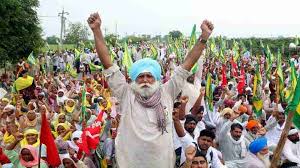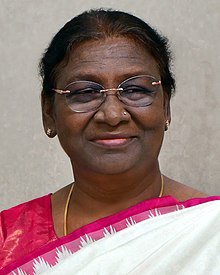Germany conducts its federal elections to choose the members of its national parliament—the Bundestag—using a mixed‐member proportional representation system. Here’s an overview of the process and its historical evolution:
Voting Process Today
• Two Votes per Voter:
Every eligible citizen casts two separate votes on election day:
– First Vote (Erststimme): This is a direct vote for a candidate in the voter’s local constituency. The candidate with the most votes in each of the 299 constituencies wins a direct mandate via a first-past-the-post method.
– Second Vote (Zweitstimme): This vote is cast for a party list in the voter’s federal state. The nationwide share of second votes determines the total number of seats each party receives in the Bundestag. A party must generally secure at least 5% of these votes to be eligible for seats—although there’s an exception if it wins at least three direct mandates.
• Seat Allocation:
After counting both votes, seats are allocated using a mathematical method (historically the Sainte-Laguë method). If a party wins more direct seats than its proportional share (overhang seats), additional “leveling” seats are added to preserve proportionality. Recent reforms, however, have capped the Bundestag’s size at 630 seats to prevent excessive growth.
• Election Timing and Administration:
Elections are held at least every four years on a Sunday or public holiday. They are administered by the Federal Returning Officer under the Federal Electoral Act, ensuring that the process is free, direct, secret, and equal.
Historical Evolution
• Weimar Republic (1919–1933):
The Weimar Constitution introduced proportional representation—a radical move intended to ensure that the Reichstag mirrored the popular vote. While innovative, the system also contributed to a highly fragmented party landscape and political instability, factors that were later exploited during the Nazi rise to power.
• Post–World War II Reforms:
After 1945, the Basic Law (Grundgesetz) established modern democratic institutions in West Germany. It preserved the two-vote system but refined aspects such as the electoral threshold and seat allocation to promote stability in a multi-party environment. Over the decades, periodic reforms have addressed issues like overhang seats; for example, the 2023 reform capped the Bundestag at 630 seats to control its size.
• Snap Elections:
Though federal elections are scheduled every four years, the system also allows for snap elections if the government loses a confidence vote or if coalition negotiations break down. Historical examples include the early dissolutions in 1972, 1983, 2005, and most recently in 2025.
Impact on Governance
The design of the system generally produces coalition governments since no single party usually wins an outright majority. This has encouraged political compromise and power-sharing among diverse parties—a feature that has both strengthened German democracy and, at times, made forming stable governments a challenging, negotiation-intensive process.







